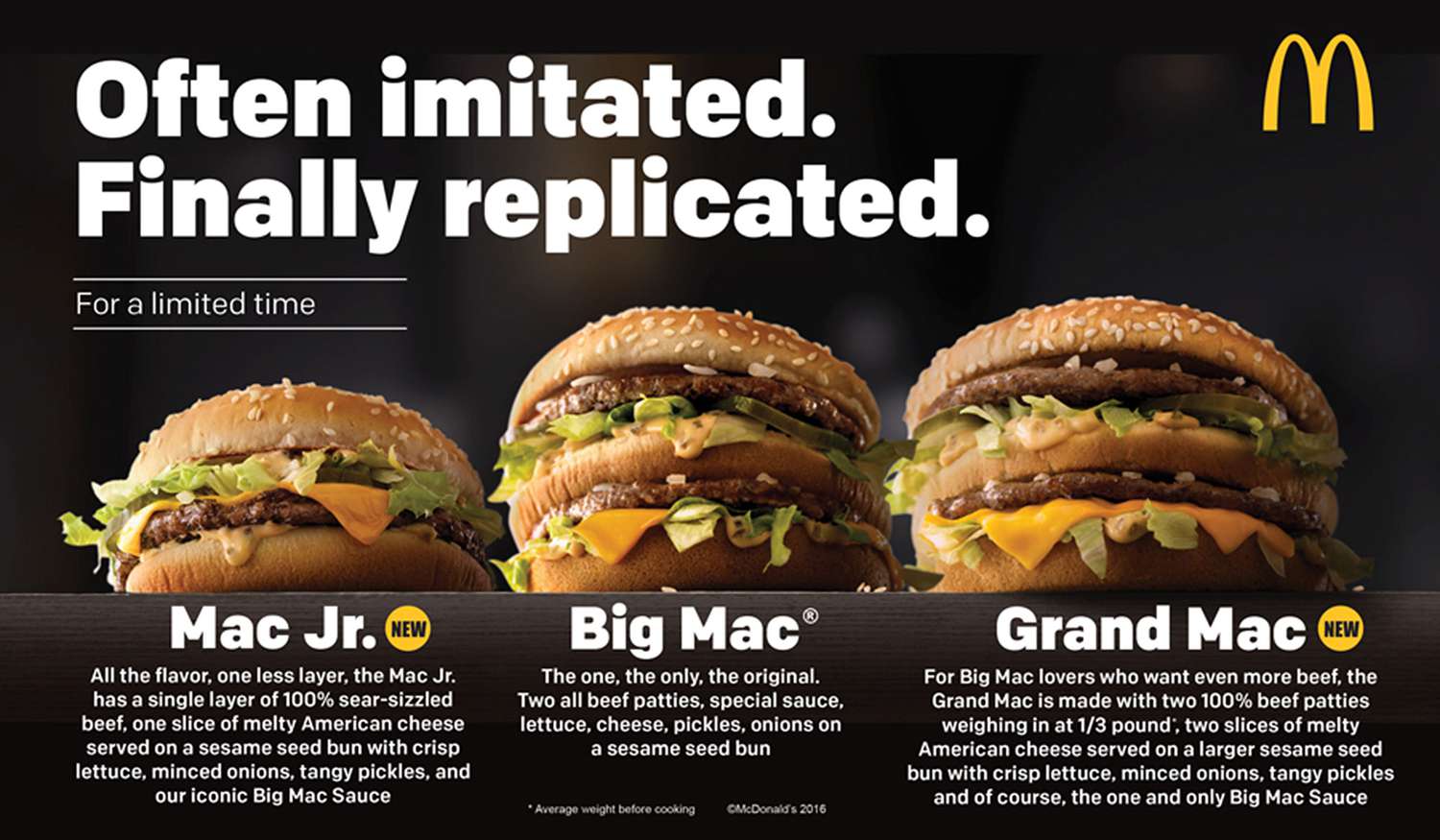
The senior tranches would in all probability be spared from losses following a quake as losses would first be absorbed by subordinated tranches. California has a credit volume of US$ 2 trillion.

US banks retain only around a third of the risk, with the greater part of loans being securitised and passed on to institutional investors throughout the world – often via the “government-sponsored enterprises” Fannie Mae and Freddie Mac. The US mortgage market is worth around US$ 12.8 trillion (loan balances outstanding). Without earthquake insurance, citizens would have to rely solely on state aid following an event – but this type of assistance usually covers only a small portion of the losses.ĭue to low insurance penetration, an earthquake would also impact the financial sector more than other comparable types of catastrophe – not only as a result of economic side-effects, such as falls in share prices or economic effects, but also through virtually direct participation in the losses via loan defaults. Furthermore, many current California residents have never experienced a major quake and thus hope that “The Big One” will either never happen or will not affect them. So, why are people unwilling to invest in earthquake insurance? In many areas of California, there has not been an earthquake for decades. Even if risk-adequate premiums are relatively high, insurance could save many individuals and businesses from the complete loss of their property and possessions in a catastrophe.
#COST OF A BIG MAC IN CALIFORNIA FULL#
The percentage is higher for commercial risks, ranging between 30–40% in major cities, but it is still far from full market coverage. In many counties, fewer than 10% of residential buildings are insured against earthquakes, and coverage only approaches 25% in highly exposed metropolitan areas.

This awareness contrasts with the low density of earthquake insurance coverage in California. Building construction standards are among the strictest in the world, and the annual “Great ShakeOut” catastrophe drill, which has become a worldwide day of action, reminds people how they can best protect themselves when an earthquake happens: get on your knees, crawl under a piece of furniture and stay there with an arm across the nape of your neck.

Given its history of past earthquakes, awareness of the risk is relatively high in California. Of course, no one knows exactly when the next shock will take place – whether on the Hayward or on another fault. Seismologists consider the probability of a severe earthquake on the Hayward fault to be among the highest in California. The impact can be seen with dramatic clarity in old photographs of a kerbstone in the city of Hayward, east of San Francisco: one end of a street curb lying directly above the fault that bears the town’s name has crept several centimetres over many years, creating an offset in the curb and road. Buckled roads bear witness to the inexorable force of tectonic plates sliding past each other at a rate of centimetres per year. The danger posed by nature can be seen in many places in California, with gorges and ravines providing evidence of the state’s active geology. Models suggest that a very severe quake affecting San Francisco and Los Angeles would cause direct losses of US$ 300bn, as well as widespread indirect economic impacts not included in that figure. Fault lines such as the San Andreas Fault traverse California, where the Pacific and North American plates are sliding past each other. The West Coast of the USA is highly vulnerable to severe earthquakes. For Munich Re, it was the largest natural catastrophe loss event of all time in relation to premium income – even more severe than Hurricane Katrina in 2005 and the Tohoku earthquake in Japan in 2011. It remains the USA’s most expensive natural catastrophe ever in relation to the country’s overall economic output. California’s last extreme earthquake was the San Francisco earthquake in 1906.


 0 kommentar(er)
0 kommentar(er)
